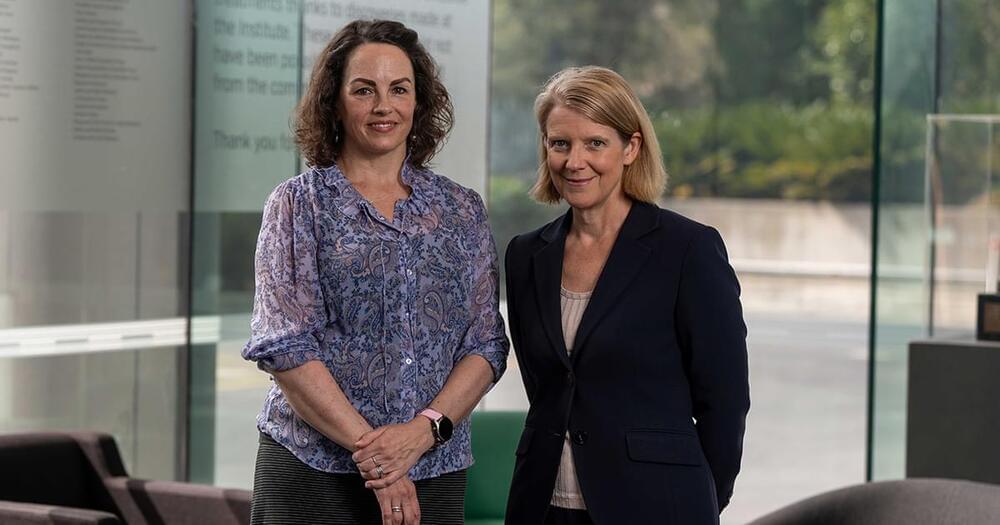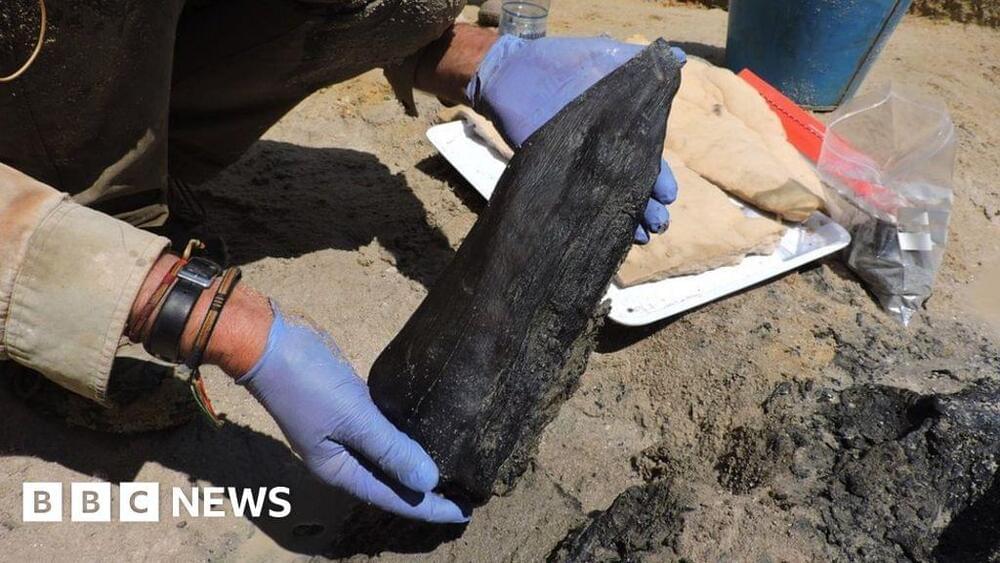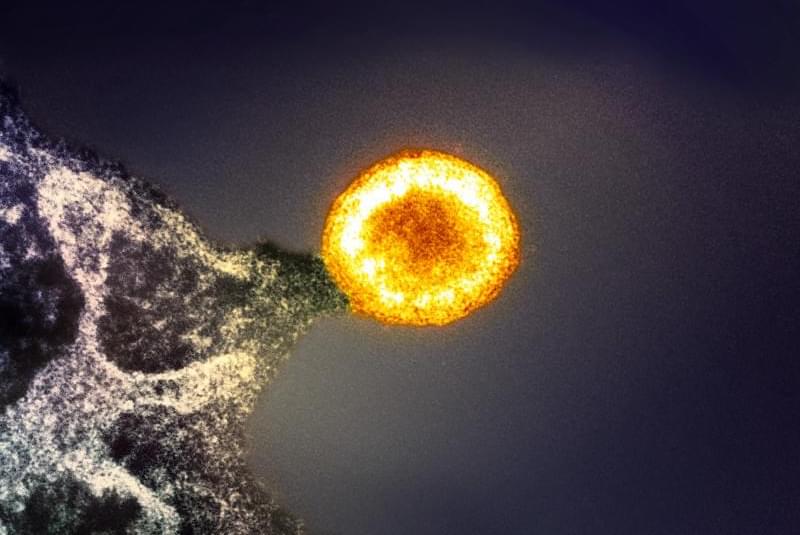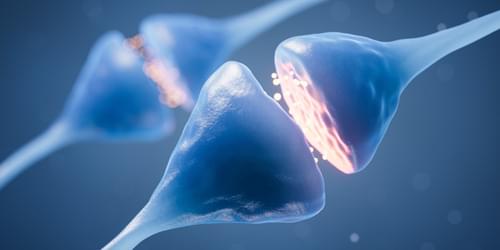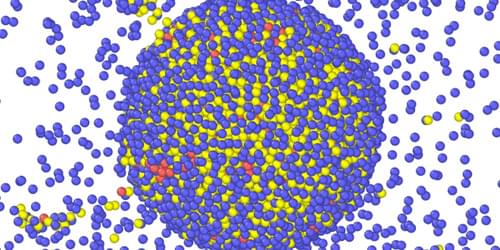An international clinical trial exploring a new way to treat rare and aggressive gynaecological cancers has launched in Melbourne.
Get my FREE guide 3 Steps to Reverse Aging when you sign up for my weekly health picks 👉 https://bit.ly/IncreaseHealthspan.
There is powerful science behind how our beliefs inform our genetic expression. It’s not our genes alone that dictate our health outcomes, rather it’s the biology of belief that determines our destiny.
Today on The Doctor’s Farmacy, I’m excited to talk to Dr. Bruce Lipton about how exactly our thoughts determine our genetic expression, and how we can influence our health using our minds.
Dr. Bruce Lipton is a stem cell biologist and author of the bestselling books, The Biology of Belief, Spontaneous Evolution, and The Honeymoon Effect. Dr. Lipton is the recipient of the prestigious Japanese Goi Peace Award and has been listed in the top 100 of “the world’s most spiritually influential people” by Briton’s Watkins Journal for the last 13 years.
This episode is brought to you by Rupa Health, BiOptimizers, LMNT, and Apollo.
Rupa Health is a place where Functional Medicine practitioners can access more than 3,000 specialty lab tests from over 35 labs like DUTCH, Vibrant America, Genova, and Great Plains. You can check out a free, live demo with a Q&A or create an account at https://RupaHealth.com.
Ancient timber preserved in a riverbed suggests humans were building wooden structures 500,000 years ago.
Data centre energy consumption could be cut with new, ‘breakthrough’ photonic chips that are more efficient than today’s chips.
Data centres can consume up to 50 times more energy per square foot of floor space than a typical office building and account for roughly 2 per cent of all electricity use in the US.
In recent years, the number of data centres has risen rapidly due to soaring demand from the likes of Facebook, Amazon, Microsoft and Google.
😗😁😘 Year 2022
Electricity can be streamed wirelessly across a room through thin air, researchers have found.
Scientists from Seoul, South Korea, have figured out how to transmit 400 milliwatts (mW) of electricity over nearly 100 feet using infrared laser light, according to research published in the journal Optics Express.
“The ability to power devices wirelessly could eliminate the need to carry around power cables for our phones or tablets,” research team leader Jinyong Ha from Sejong University in South Korea said in a statement. “It could also power various sensors such as those used for monitoring processes in manufacturing plants.”
This will be good for future deep space spaceships faring high energy ejections on their hulls.
The sun-kissing spacecraft watched as dust particles were displaced across 6 million miles (9.7 million kilometers).
Knowing black holes’ speed after being kicked by gravitational waves can reveal how much energy converging black holes can release.
The concurrent analysis of two measurements of a biochemical signaling network can provide more information than two separate probes of the datasets.
Many biological processes depend on chemical reactions that are localized in space and time and therefore require catalytic components that self-organize. The collective behavior of these active particles depends on their chemotactic movement—how they sense and respond to chemical gradients in the environment. Mixtures of such active catalysts generate complex reaction networks, and the process by which self-organization emerges in these networks presents a puzzle. Jaime Agudo-Canalejo of the Max Planck Institute for Dynamics and Self-Organization, Germany, and his colleagues now show that the phenomenon of self-organization depends strongly on the network topology [1]. The finding provides new insights for understanding microbiological systems and for engineering synthetic catalytic colloids.
In a biological metabolic network, catalysts convert substrates into products. The product of one catalyst species acts as the substrate for another species—and so on. Agudo-Canalejo and his team modeled a three-species system. First, building on a well-established continuum theory for catalytically active species that diffuse along chemical gradients, they showed that systems where each species responds chemotactically only to its own substrate cannot self-organize unless one species is self-attracting. Next, they developed a model that allowed species to respond to both their substrates and their products. Pair interactions between different species in this more complex model drove an instability that spread throughout the three-species system, causing the catalysts to clump together. Surprisingly, this self-organization process occurred even among particles that were individually self-repelling.
The researchers say that their discovery of the importance of network topology—which catalyst species affect and are affected by which substrates and products—could open new directions in studies of active matter, informing both origin-of-life research and the design of shape-shifting functional structures.
